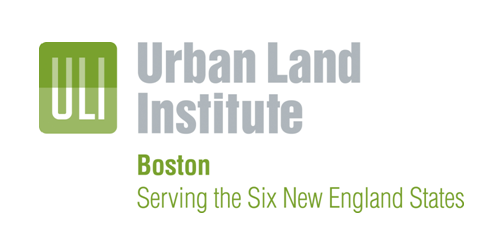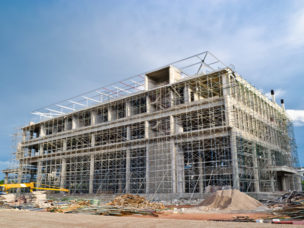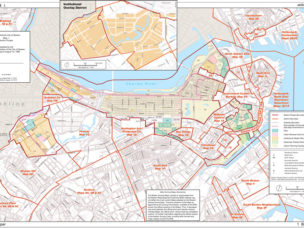Stay in the know
Subscribe to the Real Estate Blog and we’ll send you an email each time something new is posted.
Subscribe to the Real Estate Blog and we’ll send you an email each time something new is posted.
Blogs
Real Estate Blog
Hub and Spoke: Greater Boston Transportation Update
In June, the ULI Boston District Council issued “Hub and Spoke: Core Transit Congestion and the Future of Transit and Development in Greater Boston”, in collaboration with the Dukakis Center at Northeastern University, A Better City and MASCO. The ULI Boston Infrastructure Council, which I Co-Chair, has been engaged in a  comprehensive effort to educate key public and private constituencies as to the economic importance of the regional transit system. The Hub and Spoke Report examines the extent to which current and projected capacity constraints in Boston’s core transit infrastructure could hinder regional economic growth.
comprehensive effort to educate key public and private constituencies as to the economic importance of the regional transit system. The Hub and Spoke Report examines the extent to which current and projected capacity constraints in Boston’s core transit infrastructure could hinder regional economic growth.
The Hub and Spoke Report documented the increasing MBTA ridership in recent years (an average of 3% per year since 2006) and the resulting congestion at the core of the transit system. One of the factors contributing to this increasing congestion is the growth in transit-dependent development. Fully one-quarter of all jobs in Massachusetts and one out of six homes are within one-half mile of an MBTA subway, trolley, or commuter rail station. The Hub and Spoke report was released jointly with a study prepared by the MAPC. You may obtain a copy of the Report at [boston.uli.org/ULI-in-action/infrastructure].
Various segments of the Green, Orange, Red, and Silver Lines all currently exceed their capacity during portions of the day. The core transit congestion documented in the Hub and Spoke Report has been cited by various participants in the ongoing discussion regarding solutions to the financing constraints faced by the MBTA and other transportation agencies of the Commonwealth.
The Hub and Spoke Report also highlighted the potential limiting effect of this increasing transit congestion on future economic development and growth in areas served by public transportation. The Report identified specific “Hot Spots” where transit congestion may grow unacceptably worse in the next decade, including downtown Boston, Longwood Medical Area, Back Bay, the Seaport and Kendall Square in Cambridge. Because of the “hub and spoke” design of the MBTA transit system, transit congestion in these core locations will affect future transit-oriented development in suburbs and Gateway Cities along the outer “spokes” of the system as well.
To advance the conversation about public transportation financing, MassDOT is sponsoring a series of statewide forums to engage the general public. More information about the MassDOT transportation forums is available at the MassDOT website.
It is anticipated that the Legislature will take up the issue of a comprehensive transportation funding solution early in the next legislative session. The ULI Boston Infrastructure Council intends to continue to be involved in these discussions and, in particular, to keep at the forefront the issue of addressing core transit congestion. To that end, the ULI Infrastructure Council has established a Transportation Finance Committee which is tasked with continuing ULI’s efforts. The Commonwealth needs to plan for and invest in the MBTA’s core capacity to prevent worsening congestion and enable economic growth throughout eastern Massachusetts.




